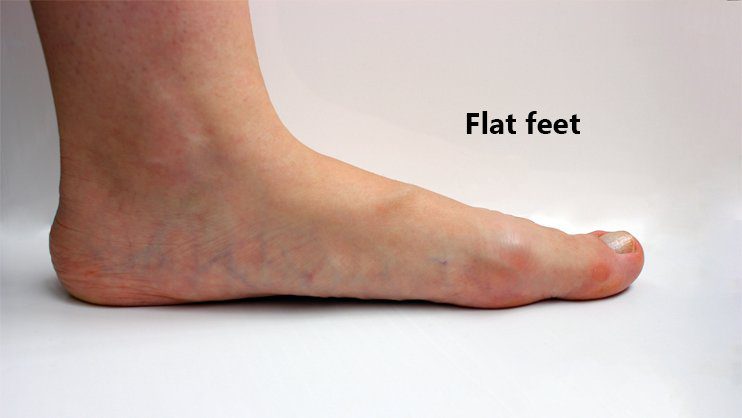Coping with flat feet and what you can do about it

Coping with flat feet and what you can do about it
- onco
- January 18, 2022
Do your feet feel flatter than before? Does your entire foot touch the ground when you stand? Chances are that you have flat foot. Also called fallen arches or pes planus, it is a medical condition in which the arches of the feet touch the ground when you stand. It can also be confirmed by footprints, the patterns of shoes you wear, CT scan or X-ray.
The arches of the feet provide them with extra strength when moving. Most people generally don’t notice it as it may not cause them any problems but many people with flat feet suffer from fatigue or pain in the ankles, heels, arches or outside ankles, this may further lead to swelling, splintered shins, knee ache and hip pain.
Causes of flat foot
Infants are normally born with flat feet. Their feet develop the arches by the time they are two or three years old as the tendons in their feet and lower legs develop. But sometimes these tendons may remain underdeveloped leaving these children with fallen arches. It could also be genetic in nature.
On the other hand, adults develop fallen arches as they age because their bones and tendons weaken over time. Women are thrice as likely to develop fallen arches as men due to hormones released during pregnancy which soften the bones and tendons or due to improper footwear choices which cause their feet discomfort and weaken them over time.
It could also be the result of injuries to the muscles, bones or tendons in the feet or lower legs. They could also be the result of diseases like diabetes, high blood pressure or rheumatism. Obesity is also a cause due to added stress on the feet. Sitting for long hours of the day could also be a reason as feet don’t get enough exercise and thus weaken over time.
Treatment of flat foot
Treatment usually depends on how much pain or discomfort you are facing due to flat feet. If you are not in pain you probably don’t need any treatment. But if your feet or lower legs ache or you show signs of any discomfort like swelling, your podiatrist might recommend the following:
Avoiding intense activities which place stress upon your feet like intense workout, outdoor sports, etc.
However, physical therapy, light workout and stretching exercises are recommended to build some leg strength.
Wearing shoes based on the occasion, like walking shoes for walking. They should also fit you.
Your doctor may prescribe braces, cast, orthopedic soles or modified shoes to support the arches of your feet.
Using ice packs and steroid-free anti-inflammatory medication to deal with pain and inflammation.
Proper diet and lifestyle changes to limit risks of diabetes, obesity or high blood pressure. In some severe cases, a surgery might be required. It may either involve rewiring your feet’s tendons or restructuring your feet’s bones.
Except for surgery, you can apply most of these treatments yourself at home to raise your fallen arches. If you don’t have flat feet, you can prevent it by exercise, wearing fitting shoes, good diet and other healthy lifestyle choices.





Leave a Reply